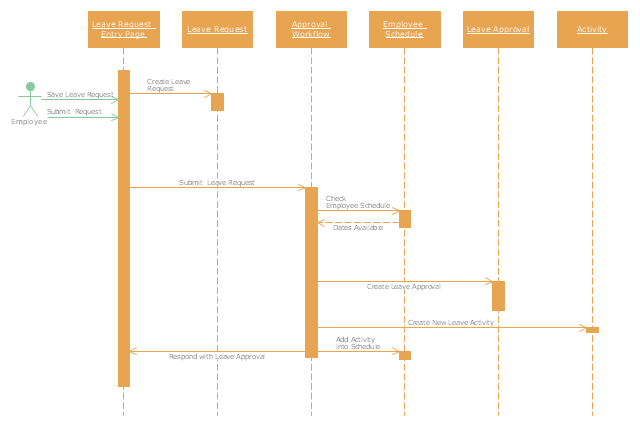"A schedule or timetable is a basic time management tool consisting of a list of times at which possible tasks, events, or actions are intended to take place, or a sequence of events in the chronological order in which such things are intended to take place. The process of creating a schedule - deciding how to order these tasks and how to commit resources between the variety of possible tasks - is called scheduling, and a person responsible for making a particular schedule may be called a scheduler. Making and following schedules is a fundamental human activity, and learning to do these things effectively is one of the most basic life skills. There are a wide variety of situations in which schedules are necessary, or at least useful.
Schedules are useful for both short periods, such as a daily or weekly schedule, and for long term planning with respect to periods of several months or years. They are often made using a calendar, where the person making the schedule can note the dates and times at which various events are planned to occur. Schedules that do not set forth specific times for events to occur may instead list an expected order in which events either can or must take place." [Schedule. Wikipedia]
The UML sequence diagram example "Checking process" was created using the ConceptDraw PRO diagramming and vector drawing software extended with the Rapid UML solution from the Software Development area of ConceptDraw Solution Park.
Schedules are useful for both short periods, such as a daily or weekly schedule, and for long term planning with respect to periods of several months or years. They are often made using a calendar, where the person making the schedule can note the dates and times at which various events are planned to occur. Schedules that do not set forth specific times for events to occur may instead list an expected order in which events either can or must take place." [Schedule. Wikipedia]
The UML sequence diagram example "Checking process" was created using the ConceptDraw PRO diagramming and vector drawing software extended with the Rapid UML solution from the Software Development area of ConceptDraw Solution Park.
 ATM UML Diagrams
ATM UML Diagrams
The ATM UML Diagrams solution lets you create ATM solutions and UML examples. Use ConceptDraw PRO as a UML diagram creator to visualize a banking system.
- Sequence Diagram For Account Management
- Class UML Diagram for Bank Account System | Bank Sequence ...
- Bank Sequence Diagram | How to Create a Bank ATM Use Case ...
- Sequence Diagram Create Account
- Sequence Diagram For Opening An Account In Bank
- Sequence Account Management
- UML use case diagram - Banking system | Banking System | Bank ...
- Sample Of Accounting System Using Sequence Diagram
- Bank Sequence Diagram | UML Deployment Diagram Example ...
- UML use case diagram - Banking system
- Order processing center - UML sequence diagram | Sequence ...
- ATM UML Diagrams | How to Create a Bank ATM Use Case ...
- Sequence Diagram Of Opening A Banking Account
- Types of Flowchart - Overview | Accounts Payable Flowchart | UML ...
- Types of Flowchart - Overview | Accounts Payable Flowchart | UML ...
- Diagramming Software for designing UML Sequence Diagrams ...
- UML Diagrams with ConceptDraw PRO | UML Sequence Diagram ...
- How to Create a Bank ATM Use Case Diagram Using ConceptDraw ...
- Sequence Diagram Example
- How to Create a Bank ATM Use Case Diagram Using ConceptDraw ...
